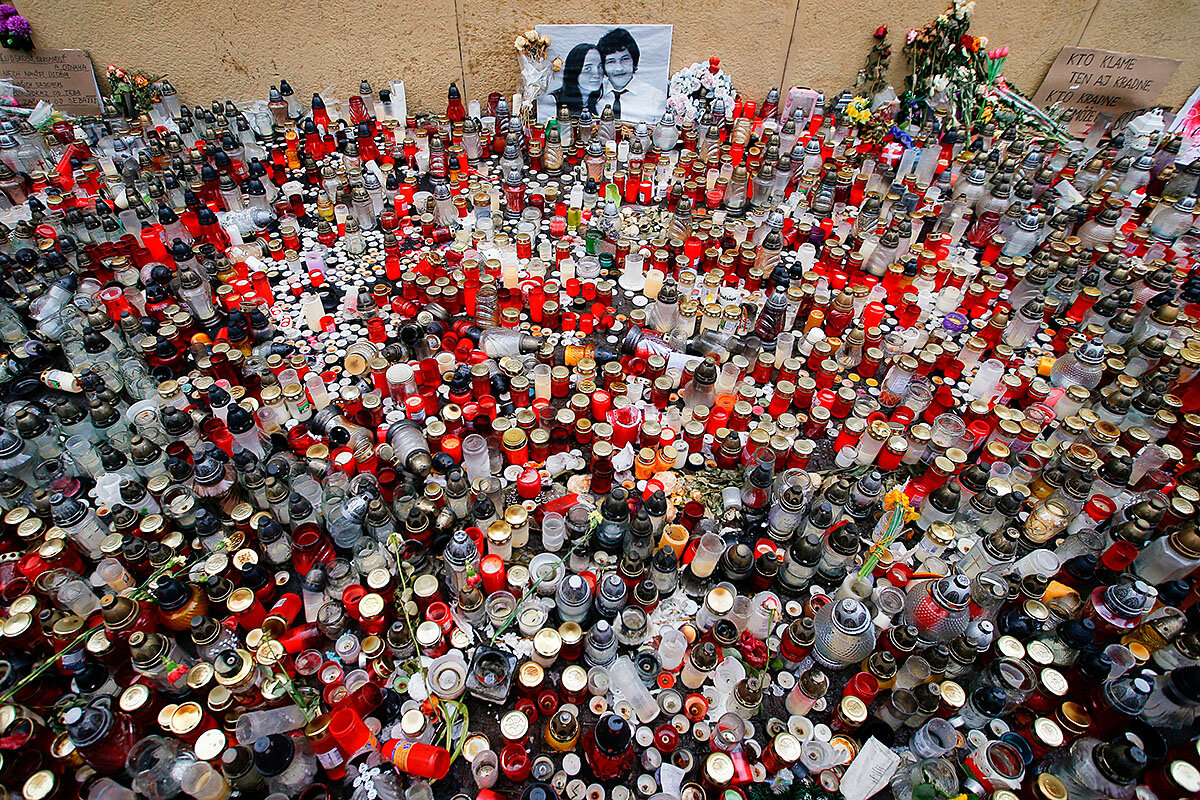Does democracy need journalists?

 Amelia Newcomb
Amelia Newcomb
Thanks for starting your week with us. Today, we look at Israelis’ faith in political institutions, how Houston curbed homelessness, a Mexican teacher’s push to end violence against women, a young woman’s struggle with faith and divorce, and double discrimination in French soccer.
But first: These are trying times for journalists. They face growing threats globally, from violence to cyberbullying to legal challenges designed to intimidate.
A new United Nations report finds that nearly 500 journalists were killed from 2014-18. Impunity is high, with 88% of cases unresolved. Syria, Mexico, and Afghanistan are the most dangerous countries to work in, but the United States accounted for seven deaths, Finland for two. Non-conflict zones became more threatening than war zones in 2017-18, reflecting the targeting of those who report on corruption, crime, and politics. Hostile rhetoric has surged, as have efforts to discredit professional, accurate reporting. As international news editors and journalist advocates gathered in New York last Friday noted, vicious online attacks have spiked, especially toward women.
What is the best response? Journalists at the gathering emphasized the need to maintain high standards and help the public better understand what journalists do. They also called for more officials to speak out in defense of a robust media’s importance to democracy.
Numerous initiatives are underway. The new Global Media Defense Fund provides journalists legal and security training. The ACOS Alliance was founded in 2014 to support freelance and local journalists. The Journalism Trust Initiative is developing metrics for the trustworthiness of journalism.
As U.N. Secretary-General António Guterres noted on Nov. 2, the International Day to End Impunity for Crimes Against Journalists: “Without journalists able to do their jobs in safety, we face the prospect of a world of confusion and disinformation.”



